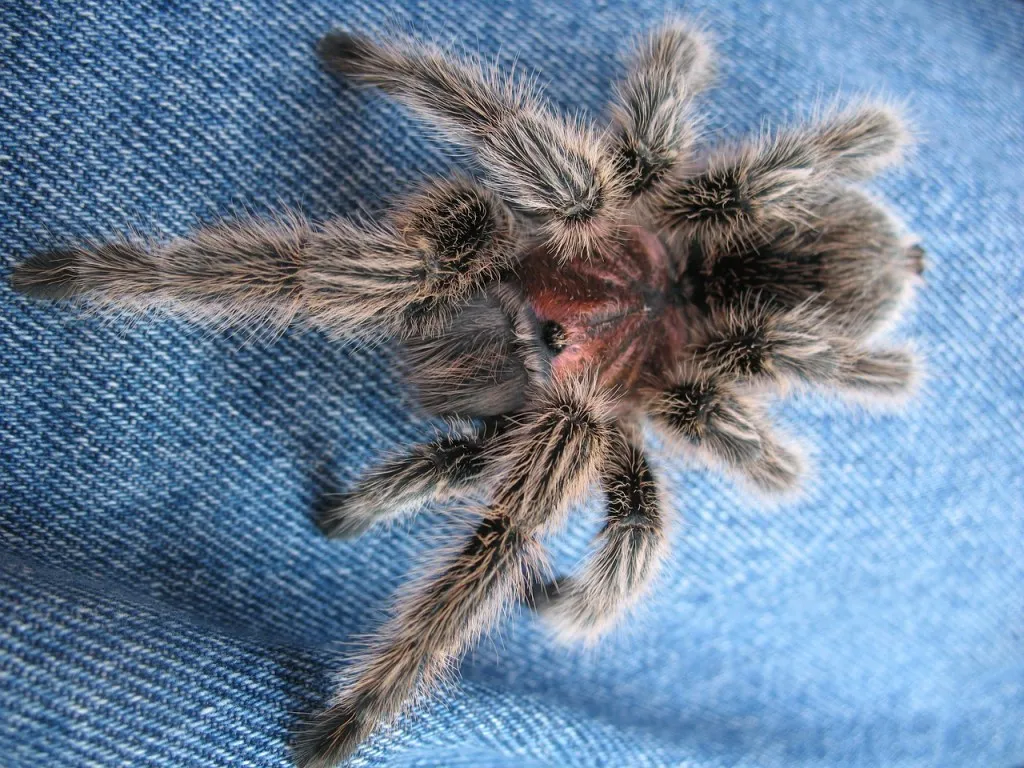The Chilean rose tarantula, Grammostola rosea, is a captivating creature and a popular choice among tarantula enthusiasts. Their gentle nature and relatively low maintenance requirements make them an ideal pet for beginners. These fascinating arachnids hail from the arid regions of Chile, Bolivia, and Argentina. Their unique characteristics, coupled with their manageable size, contribute to their widespread appeal. This article explores seven interesting facts about these amazing creatures, offering insights into their appearance, habitat, behavior, and more. Whether you’re a seasoned arachnid aficionado or a curious newcomer, prepare to delve into the world of the Chilean rose tarantula.
Chilean Rose Tarantula Facts Top 7
Appearance and Characteristics
The Chilean rose tarantula is easily recognizable, owing to its distinctive appearance. These tarantulas exhibit a brownish coloration, varying from a light tan to a deep chocolate hue. The hairs covering their body are typically rose-colored, giving them their common name. They have a robust body structure with a cephalothorax (fused head and thorax) and an abdomen. Their eight legs are covered with sensory hairs, which help them detect vibrations and navigate their surroundings. They also have chelicerae, or fangs, used for capturing prey and injecting venom. The overall look is quite appealing, which makes them such a loved pet.
Size and Lifespan
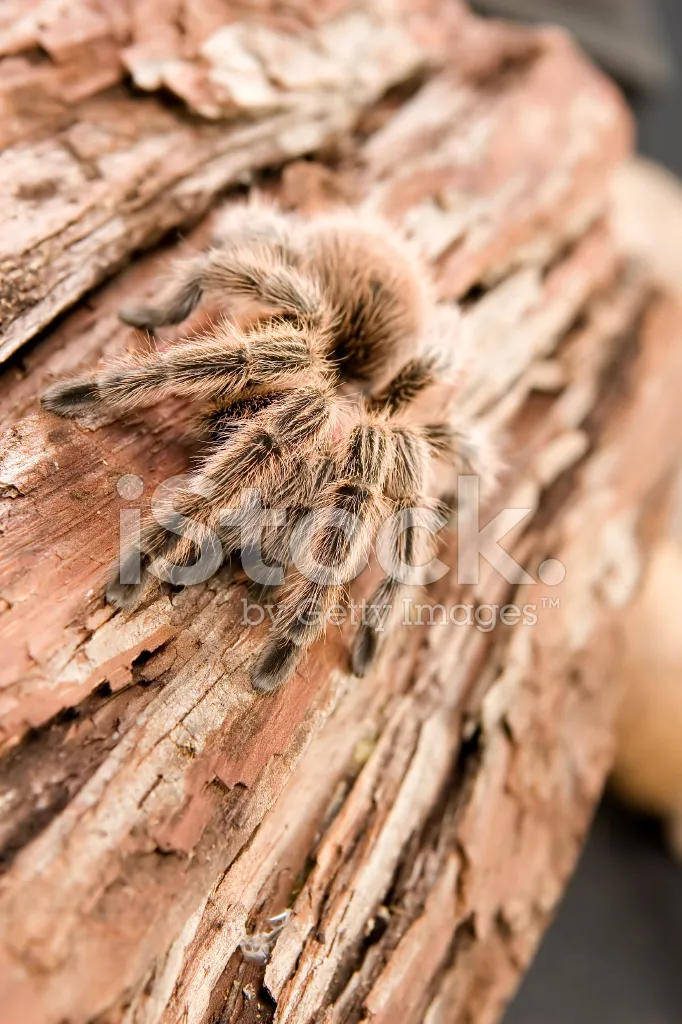
Chilean rose tarantulas are known for their moderate size, making them easier to manage than some larger tarantula species. Adult females typically reach a leg span of up to 5-6 inches (13-15 cm), while males are generally smaller. When it comes to lifespan, females have a significantly longer life expectancy compared to males. Females can live for 10-20 years, sometimes even longer, given proper care. Males, on the other hand, have a shorter lifespan, typically living for 2-5 years after reaching maturity. Understanding these facts is crucial for anyone considering them as pets. They are not a short commitment, so take it into consideration.
Coloration and Markings
The coloration of a Chilean rose tarantula is a key identifier. As the name suggests, they often display a rose-colored hue on their hairs, particularly those on the legs and abdomen. This, however, can vary slightly, with some individuals exhibiting more brownish tones. They also have subtle markings that add to their unique appearance. These markings, along with the overall coloration, help distinguish them from other tarantula species. The visual appeal is a significant factor in their popularity as pets. Their gentle appearance can be very calming.
Habitat and Native Range
Chilean rose tarantulas are native to the arid regions of South America. This species thrives in dry climates, where they have adapted to survive in relatively harsh conditions. Knowing their natural habitat can help provide the best possible care in captivity. This provides a better understanding of their needs and preferences, making it easier to replicate their natural environment within a terrarium. Understanding these facts is crucial for providing the best possible care for your pet.
Where They Live
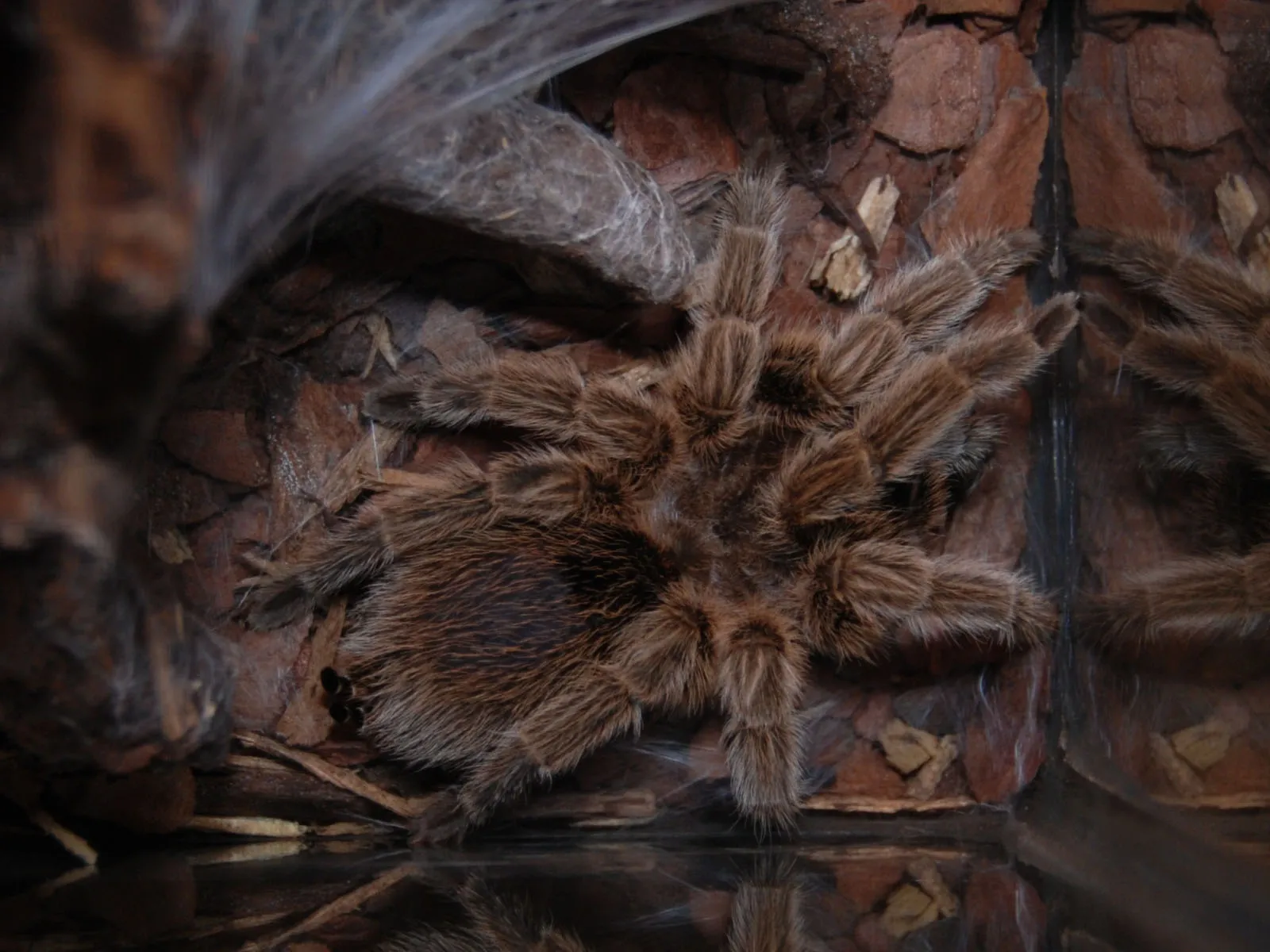
In the wild, Chilean rose tarantulas are primarily terrestrial, meaning they live on the ground. They create burrows or take shelter under rocks and in crevices to protect themselves from predators and extreme temperatures. Their burrows provide a safe haven where they can regulate their body temperature and conserve moisture. They are well-suited to their environment, and they have a specific niche in the ecosystem. In captivity, it is important to simulate their natural habitat to help them thrive. A good substrate can help.
Ideal Environment
The ideal environment for a Chilean rose tarantula in captivity should mimic their natural habitat. A terrarium with a substrate of peat moss, coconut fiber, or a similar material is recommended to facilitate burrowing. Maintaining a temperature of around 75-85°F (24-29°C) is essential, and a shallow water dish should always be available for hydration. The enclosure should also provide hiding places, such as cork bark or artificial caves, to provide security and reduce stress. Humidity levels should be low, mirroring the dry conditions of their native environment. Having the right environment is crucial.
Diet and Feeding Habits
Chilean rose tarantulas are opportunistic hunters, feeding primarily on insects in the wild. They are ambush predators, meaning they wait for their prey to come within striking distance. In captivity, their diet can be easily managed with readily available food sources. Providing the right nutrients is important for the tarantula’s health and well-being. A varied diet helps the tarantula get all the nutrients they need. The size of the prey items offered should be appropriate for the tarantula’s size.
What They Eat
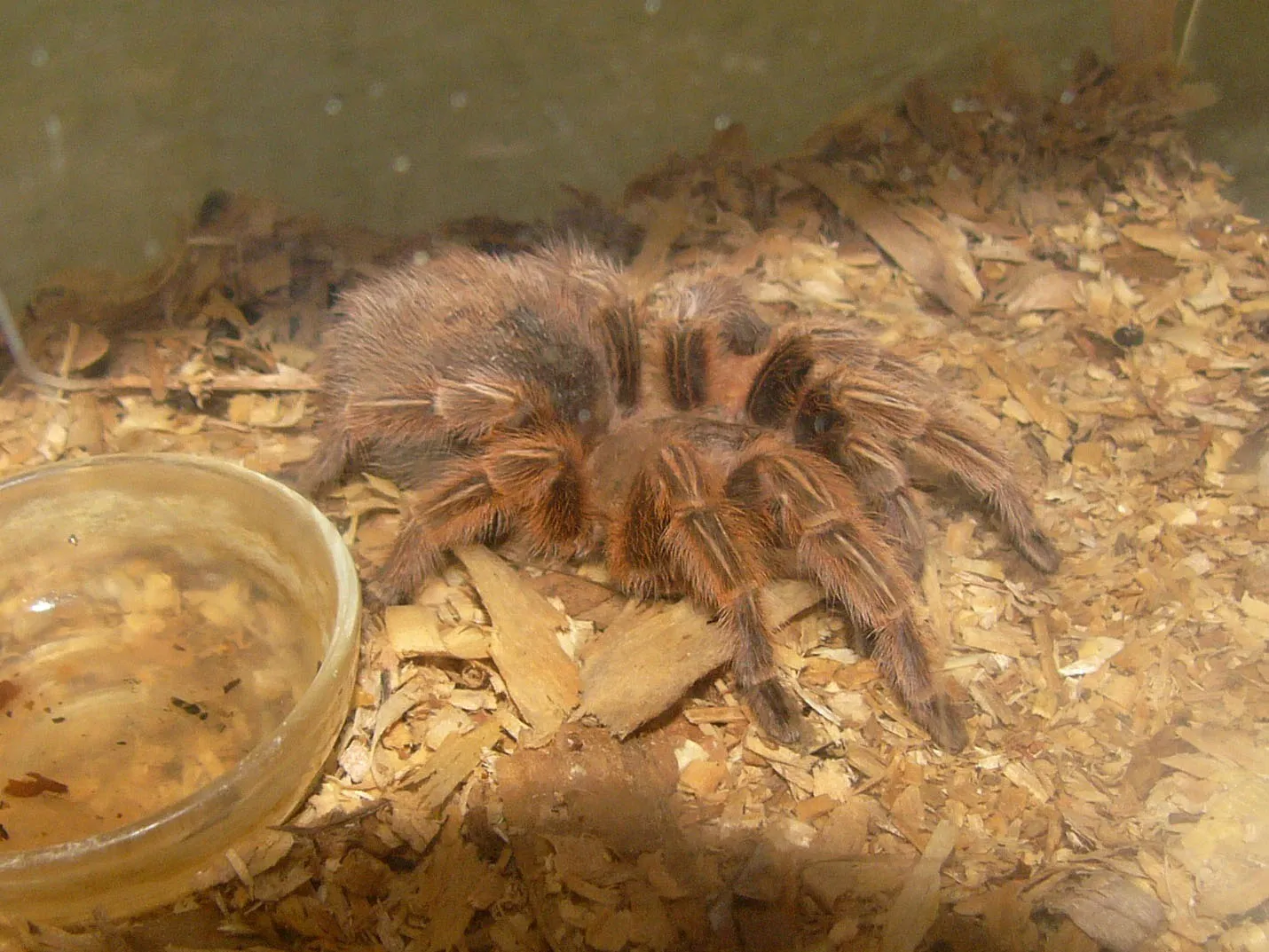
Insects such as crickets, mealworms, and roaches form the bulk of a Chilean rose tarantula’s diet in captivity. It’s important to vary their diet to ensure they receive a wide range of nutrients. Occasional treats, like pre-killed pinkie mice, can also be offered, but these should be provided sparingly. Ensuring the insects are gut-loaded (fed nutritious food) before being offered to the tarantula enhances the nutritional value. Always make sure the prey items are pesticide-free to avoid harming the tarantula.
Feeding Frequency
Younger tarantulas should be fed more frequently than adults, typically every few days. As they mature, the feeding frequency can be reduced. Adults may only need to be fed once or twice a week. Observing your tarantula’s behavior can help determine their appetite and adjust the feeding schedule as needed. Refusal to eat can sometimes indicate an impending molt, a natural process where the tarantula sheds its exoskeleton. Removing uneaten food items after a reasonable amount of time is important to maintain a clean terrarium environment.
Temperament and Handling
Chilean rose tarantulas are generally known for their docile nature. They are often considered one of the gentler tarantula species, making them a good choice for beginners. However, it’s essential to understand their behavior and take precautions when handling them. They may be slow-moving, and many owners like to watch them. They are a great species to observe. Their gentle nature means that they are great for beginner keepers.
Handling Precautions
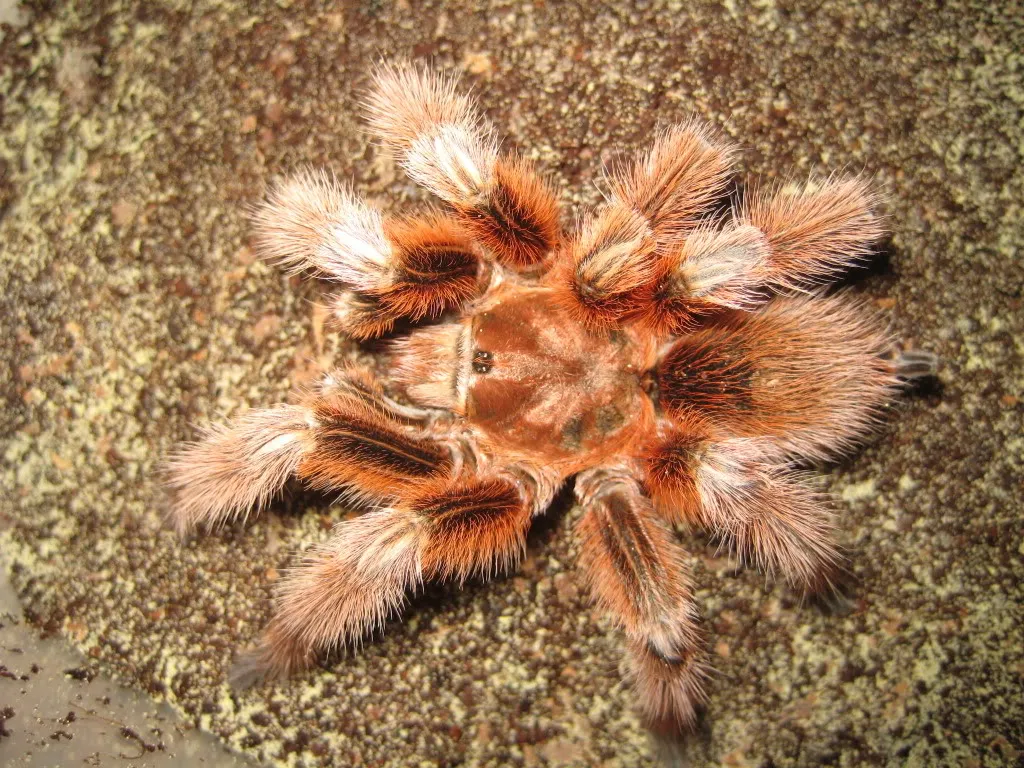
While Chilean rose tarantulas are generally not aggressive, they can still bite if they feel threatened. Handling should be kept to a minimum and done with extreme caution. Avoid quick movements or startling the tarantula. Always supervise children when they are near the tarantula’s enclosure. Washing your hands thoroughly before and after handling the tarantula or interacting with its enclosure is crucial. It is essential to be aware of the risks.
Behavioral Traits
Chilean rose tarantulas tend to be relatively calm and slow-moving. They may exhibit defensive behaviors if they feel threatened, such as raising their front legs or flicking urticating hairs (tiny, irritating hairs). They are generally not prone to biting, but they can if they feel provoked. They will often try to escape if they feel stressed or unsafe. Understanding these traits can help you manage them properly. Observing their behavior is important.
Health and Common Issues
Like all living creatures, Chilean rose tarantulas can be susceptible to certain health issues. Recognizing the signs of illness and taking preventative measures is crucial for ensuring their well-being. This involves maintaining a clean and properly maintained enclosure, providing a balanced diet, and being vigilant about their behavior. Regular observation and prompt attention to any changes can help address potential problems early on.
Common Diseases
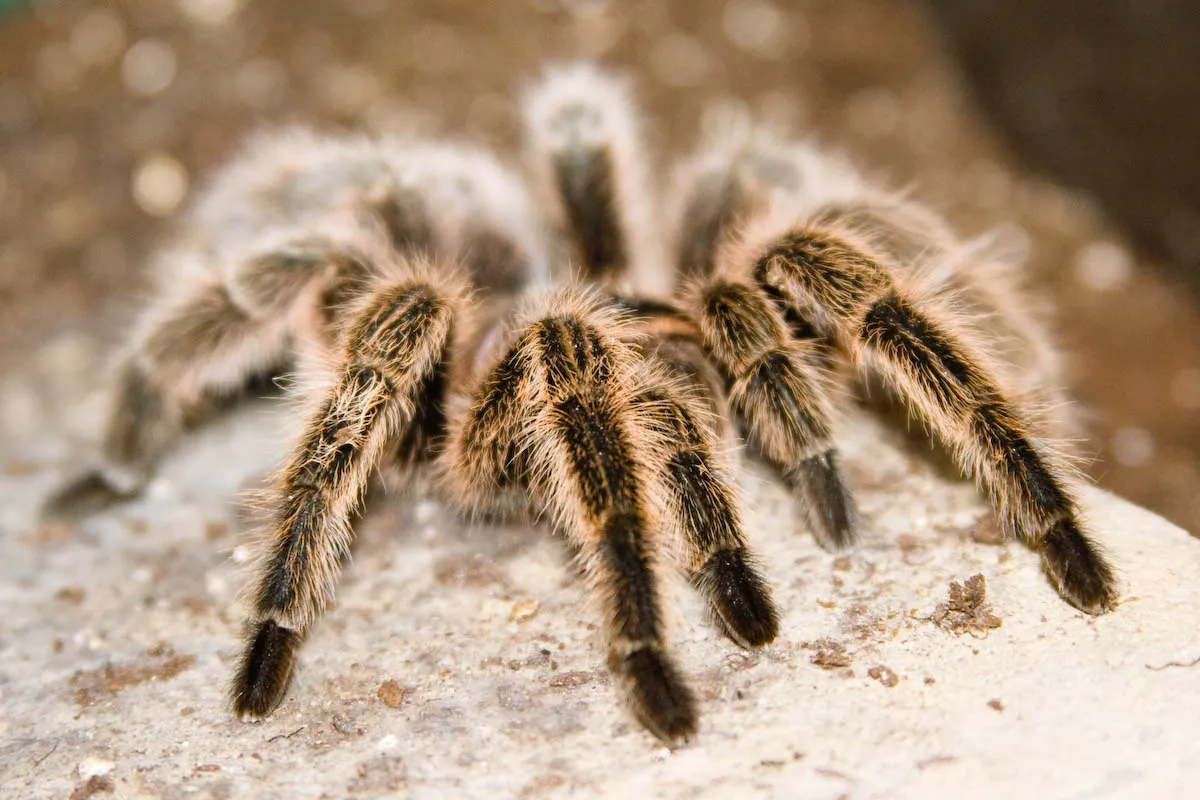
Some common health issues in Chilean rose tarantulas include parasitic infestations and fungal infections. Mites can sometimes infest the tarantula, causing irritation and discomfort. Fungal infections often arise from unsanitary conditions within the enclosure. Respiratory infections can occur, particularly if the humidity levels are too high. Early detection and treatment are vital to prevent these issues from escalating. Consulting with a veterinarian experienced with arachnids is advisable if you suspect your tarantula is unwell. Take note of all issues.
Preventive Measures
Maintaining a clean and well-ventilated enclosure is crucial for preventing health problems. Regularly remove any uneaten food and clean the substrate. Ensuring proper humidity and temperature levels also helps prevent fungal and respiratory infections. Quarantine new tarantulas before introducing them to your existing collection. Providing a varied diet and proper hydration strengthens the tarantula’s immune system. Regular observation allows you to spot any issues before they become serious.
Breeding and Reproduction
Breeding Chilean rose tarantulas can be a rewarding experience for experienced keepers. It requires careful planning, knowledge of the tarantula’s lifecycle, and patience. The process begins with introducing a mature male and female under controlled conditions, and the steps involved are quite fascinating. It’s an advanced aspect of tarantula keeping. Understanding their mating behavior and the care needed during the gestation period is essential for successful breeding.
Mating Process
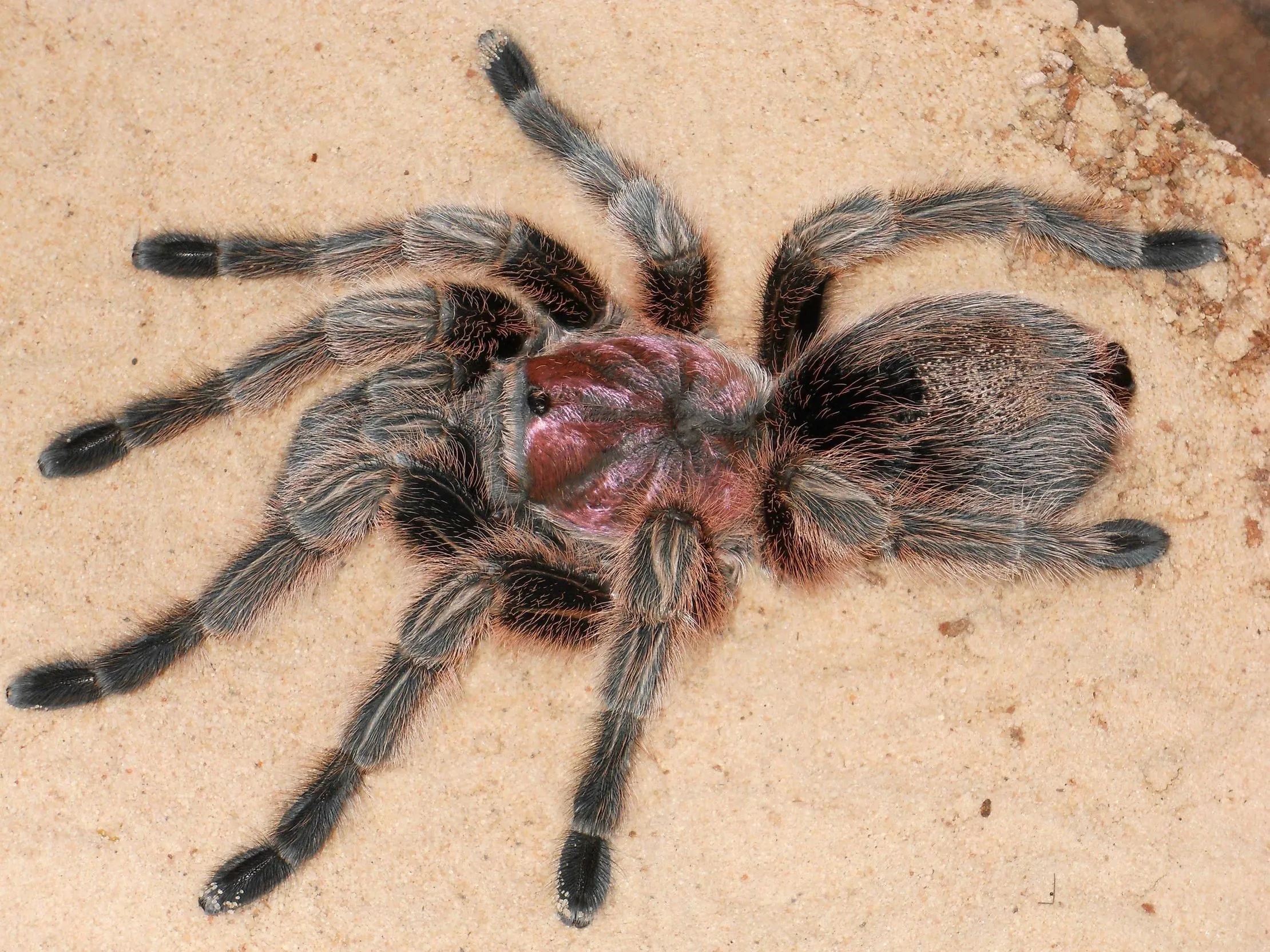
Mating typically occurs after the female has molted. The male will approach the female carefully, attempting to mate without being perceived as a threat. The male uses special structures on his pedipalps to transfer sperm into the female’s reproductive organs. Once the mating is successful, the female may become aggressive and attempt to eat the male. The male must quickly retreat to avoid being preyed upon. Keepers should always be prepared to separate the two spiders immediately after mating.
Egg Sac and Spiderlings
After mating, the female will produce an egg sac containing numerous eggs. She will guard the egg sac until the spiderlings hatch. The incubation period can vary, but it usually takes several weeks. Once the spiderlings hatch, they are very small and require specialized care. Provide them with a safe, humid environment and offer appropriately sized food items. The spiderlings will molt several times as they grow. Separating the spiderlings into individual enclosures is often necessary as they mature to prevent cannibalism. Caring for spiderlings requires dedication.
Conservation Status and Threats
While the Chilean rose tarantula is a popular pet, its wild populations face certain threats. Understanding these threats is crucial for responsible pet ownership and conservation efforts. It’s important to consider their conservation status. Supporting conservation efforts helps ensure the survival of this species. It is vital to learn about their conservation status and the steps being taken to protect them in their native habitat.
Current Status
The Chilean rose tarantula is not currently classified as an endangered species. However, they are subject to the same threats as many other wild animals. Due to their popularity as pets, they are sometimes over-collected from their natural habitat, which can negatively impact wild populations. Habitat loss due to deforestation and climate change also poses a significant threat. While not currently facing imminent extinction, continuous monitoring and conservation efforts are crucial to ensure their long-term survival.
Threats to Their Survival
The primary threats to Chilean rose tarantulas include habitat destruction and over-collection for the pet trade. Deforestation and human encroachment are leading to habitat loss, making it more difficult for these tarantulas to find food and shelter. Unsustainable collection practices can deplete wild populations. Climate change also poses a long-term threat, as it can disrupt their natural environment. Supporting reputable breeders who practice ethical sourcing is one way to help protect wild populations. Conservation efforts are essential for their future.
In conclusion, the Chilean rose tarantula is a fascinating creature that makes a great pet. Their gentle nature, manageable size, and unique appearance make them a favorite among tarantula enthusiasts. By understanding their appearance, habitat, diet, and behavior, you can provide excellent care for these amazing arachnids. Remember to handle them with care and take precautions when interacting with your pet. With proper care, they can be a rewarding addition to your home. If you are considering one, research all you can and be prepared to meet their needs.
